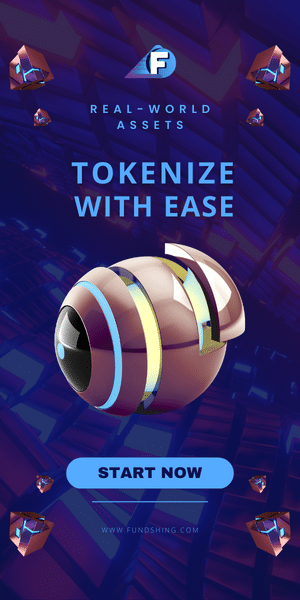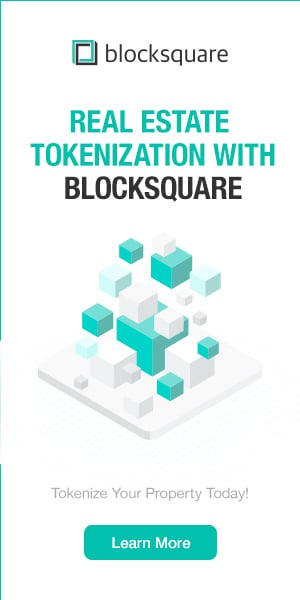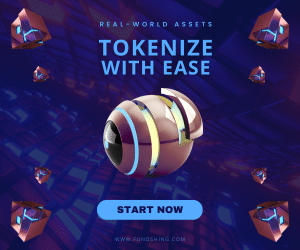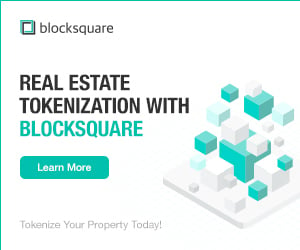eToro: What is tokenization and what are the different types of tokens available?
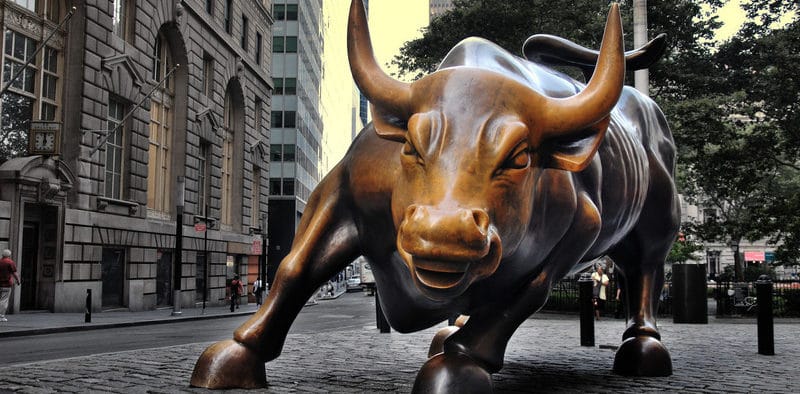
Tokenization promises to completely change the concept of ownership. Anything from ideas to paintings to buildings can be represented in tokens and freely traded on blockchain systems. On top of that, blockchains also offer a way to revolutionise traditional paper markets, dramatically reducing costs and paperwork.
Explained in plain English: what is tokenization?
In a nutshell, tokenization is a method of converting rights to a real-world asset into digital tokens that can be moved, traded, recorded or stored on a blockchain system. Although it sounds complex, it’s quite a straightforward process. In essence, tokenization allows us to convert the value stored in some object – it can be a physical object like property or painting or an intangible object, like carbon credit – into a token that can be used on the blockchain.
Let’s put this in a bit of context. Everything we own in today’s world is tied to our name – a car, a house, an investment portfolio or simply cash in the bank. Oftentimes, the assets we own are either illiquid or very difficult to trade. In the process of tokenization, all these could be broken into pieces, creating a stock or a single proof of ownership tied to any asset.
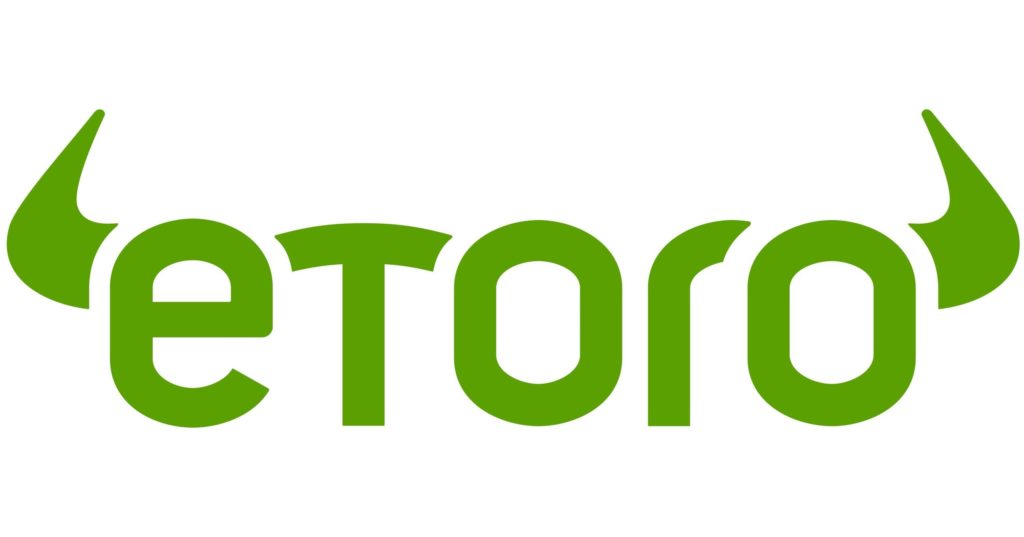
Imagine, for example, that you own a home worth £1 million. With tokenization, you could break the ownership of your home into 100 tokens worth £10,000 each or 1,000 tokens worth £1,000 each – whatever you want, this is completely arbitrary. This would allow you to easily sell partial ownership of your home using the individual tokens you created. And that’s with no third party – bank, financial manager, lawyer or any other intermediary – in the picture.
Now, a fair question: why would you want to sell partial ownership of your home?
The following two reasons make most sense with this example:
- You want to make your asset more liquid because you’re keen to invest in something else – for instance, you want to go travelling, go back to university or start your own business. Your home tokens would allow you to get the capital you need without having to sell your house (just some part of it).
- You don’t think your home will appreciate as fast as another type of investment – a share in a business, for example, or an art token. Irrespective of where you live and what you do, you could trade your home token for another type of token that makes for a more lucrative investment opportunity.
Although blockchains are able to tokenize pretty much any type of asset, we can still group these assets into three broad categories.
Intangibles
Let’s say that Company A wants to transfer a legacy design for a mobile app to Company B. The two companies are located on the opposite sides of the globe and there’s a pretty stark difference in how trademarks, patents and copyrights are handled in their respective countries – imagine the paper trail and costs attached to this transfer if they had to go the traditional way! Tokenising the design would allow Company A to transfer the rights to this asset to Company B in a safe and transparent way using a self-executing smart contract. The transfer would be immutable, verifiable and almost instantaneous.
The blockchain lends itself beautifully to the tokenisation of intangible assets. Mostly because they’re already difficult to evaluate in a traditional sense as they don’t really exist. How do you peg value to concepts or ideas? The best-known intangibles include things like patents, trademarks, brand recognition, copyrights and goodwill.
While it’s difficult to attach monetary value to intangibles, it’s rather easy to have their value represented by one or many tokens on a blockchain system. Tokenizing intangibles make more financial and legal sense because they’re given a solid backing for transfer and a guarantee of their legitimacy.
Fungible goods
In economics, fungible goods “refer to goods, securities or instruments that are equivalent and, therefore, interchangeable”.
To put it simply, fungible goods possess identical qualities or consist of identical parts, which makes it possible to exchange one fungible good for another identical good of equal value. Think of commodities – an ounce of gold is equal to another ounce of gold in the same way that a share of Apple purchased through the New York Stock Exchange is equally valuable as a share of Apple purchased through the London Stock Exchange.
In most cases, fungible assets are backed by a physical resource – gold bars in a bank’s underground vault or oil in a pipeline. This makes them difficult to trade physically. Imagine having to transfer 10,000 tonnes of steel, for example. Tokenization of fungible goods cuts out a lot of work and hassle out of this process. With no intermediaries in the game to take their cut and no red tape or paperwork to deal with, transactions between buyers and sellers can be almost instantaneous, with the sale being recorded on the blockchain and executed via a smart contract.
Non-fungible goods
This is one of the most interesting use cases of tokenization on blockchain systems. Remember the example of selling partial ownership of your home? That’s what the tokenization of non-fungible goods is all about. The most compelling use cases so far concern art and real estate. Parcelling out non-fungible goods like unique properties or iconic art pieces into digital shares that can be transferred onto the blockchain to be bought, sold or traded presents some amazing opportunities.
Tokenizing a property or a work of art introduces a digital signature that is unique and cannot be altered. The token representing your house, for example, or one of Picasso’s amazing paintings is one of a kind. Furthermore, this token can be split into many sub-tokens, each also carrying the same unique digital signature. This means that “shares” of any real estate or work of art can be traded on the blockchain as crypto-assets. Bottom line, tokenization of non-fungible goods means that ownership of previously illiquid assets can be distributed.
Cryptoassets are a highly volatile, non-regulated investment product. No EU investor protection. Your capital is at risk.
Visit eToro here
To read more articles:
Real estate is ready for tokenization












